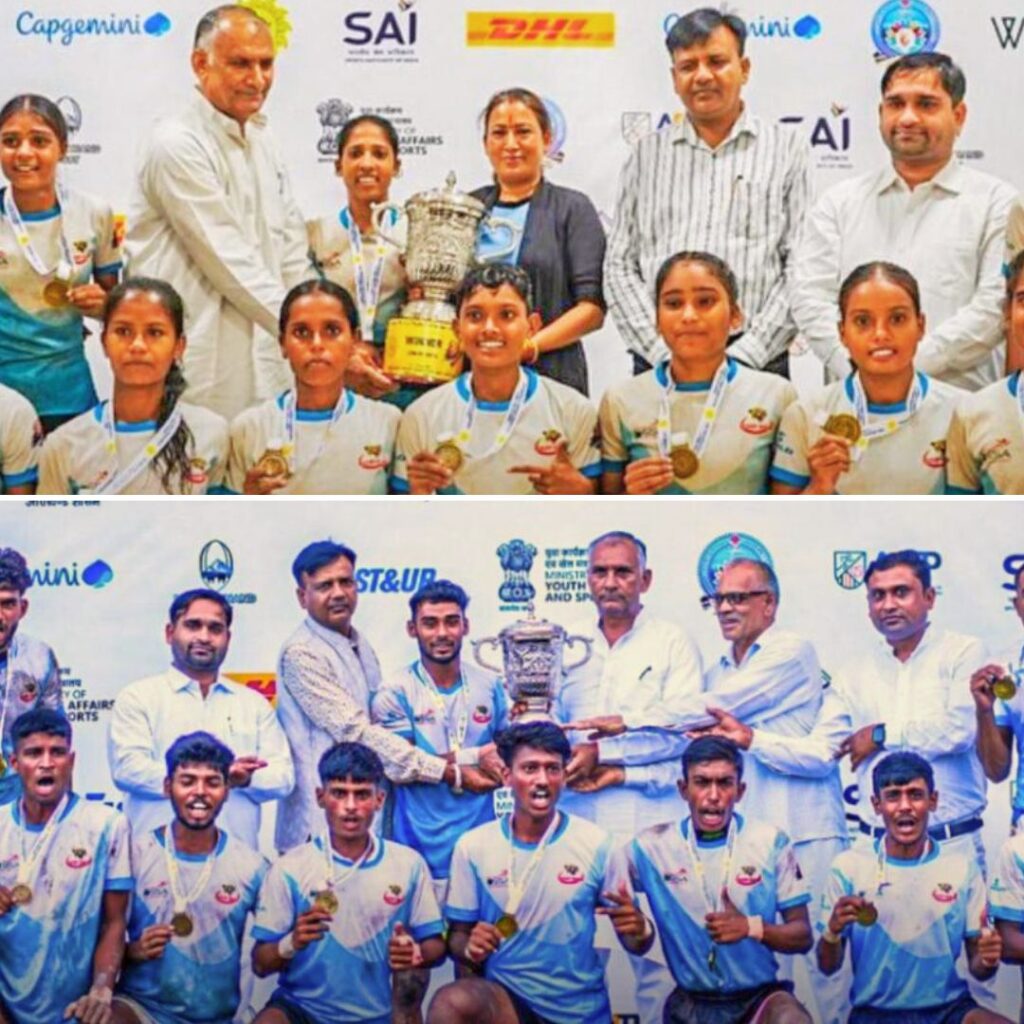Today is World Health Day, a global health awareness day organised by the World Health Organisation. The WHO has declared that this year’s campaign will be about depression and mental health. (For more information on this campaign, visit this link.)
India and healthcare
India’s healthcare system has come a long way since ancient times when medicine was intertwined with superstitions and religion. However, despite impressive economic growth and monumental human resources, when it comes to healthcare India has a very unimpressive record. The Indian healthcare system is, in fact, among the most counterproductive in the world.
India’s spends merely 1.2% of its GDP on health, one of the lowest in the world. The US spends 8.3%, China 3%, and the global mean is 5.4%. India registers world’s highest deaths of mothers. The maternal mortality rate in the country is 178 out of 1,00,000. 47% of under-five children in India is malnourished, the highest in the world. World health Organisation (WHO) recommends 3.5 hospital beds per 1,000 people, while India has 0.7 beds per 1,000 people. With only one doctor available for 1,700 people, India needs at least 3,00,000 more doctors by 2020. Nearly one million Indians die every year due to inadequate healthcare facilities and close to 700 million people have no access to specialist care. Analysing India’s healthcare system
A popular method to chart healthcare efficiency is by calculating the percentage of households that are cajoled into poverty due to out-of-pocket spending to meet healthcare costs. 31% of the Indian people live below the international poverty line, and many of these individuals refrain from hospital visits due to financial woes. According to a 2011 study in the Lancet medical journal, a full 37.6% of low-income urban residents and 43.3% of low-income rural residents who did not seek care when ill listed financial hardship as the number-one reason. By comparison, only 1.9% of the richest Indian urban residents and 21.1% of the richest rural residents who did not seek care when ill reported income as their primary constraint. It is clear from these numbers that health and poverty are interrelated, and the government can’t tackle one of the problems without confronting the other.
India’s economic growth has been a global success story and as far as GDP rise is involved, the future appears bright for India. However, the percentage of the GDP allotted to healthcare is uninspiring. India’s spending on healthcare increased from about 3.5% to 5.0% over the period 1988-2002. In countries like the USA and the UK, healthcare accounts for more than 18% of the GDP. Meanwhile, government spending on healthcare has hovered around 20–25% during the past two decades. If the government were to increase government spending on healthcare – like in the West – it would improve health conditions of millions of Indians. To do this India needs to control spending in other fields without causing any undesirable effects.
Studies have reported that even licensed doctors provide poor-quality services, such as over-prescribing drugs, and smaller private hospitals lack basic medical equipment and trained personnel. The public sector, too, is inefficient, with shortages of drugs and consumables and frequent absenteeism. Only around 15% of the population has any type of health insurance. Also, higher-income people, urban area–based workers, and government employees are the predominant recipients of health insurance, and low-income farmers, agricultural labourers, unskilled employees and entrepreneurs are less likely to be covered.
Health in India Vs Rest of the World
The 2016 WHO Report offered appaling insights into India’s healthcare crisis. India scored a meagre 42 (on a scale of 100), which is about half of the score (85) achieved by top-ranked country in the list, Iceland. Iceland has shown significant improvement because of the government’s tobacco control policies and publically-funded health system.
Despite having a rapid economic growth, India’s rank is nearly 100 places below Malaysia, 60 places below Sri Lanka (79), and even behind the war-torn countries like Syria (117) and Iraq (128). It ranks last amongst the BRICS. Surprisingly, also behind some of the poorest economies in the world, including, Cambodia, Ghana, Timor-Leste, Myanmar. However, India’s ranking is six places ahead of Pakistan.
The nation with the lowest score was the Central African Republic — 20. The US ranks 28 in the list, while the UK ranks 5, and China 92.
So why is healthcare not a major part of political rhetoric? Partly because the other issues that India faces like government corruption, border disputes, religious tensions etc. make universal healthcare seem less important. Also, interest payments and entitlement liabilities have greatly constrained the government’s fiscal capacity to fund social programs such as healthcare. The economic crises India faced in the earl…











